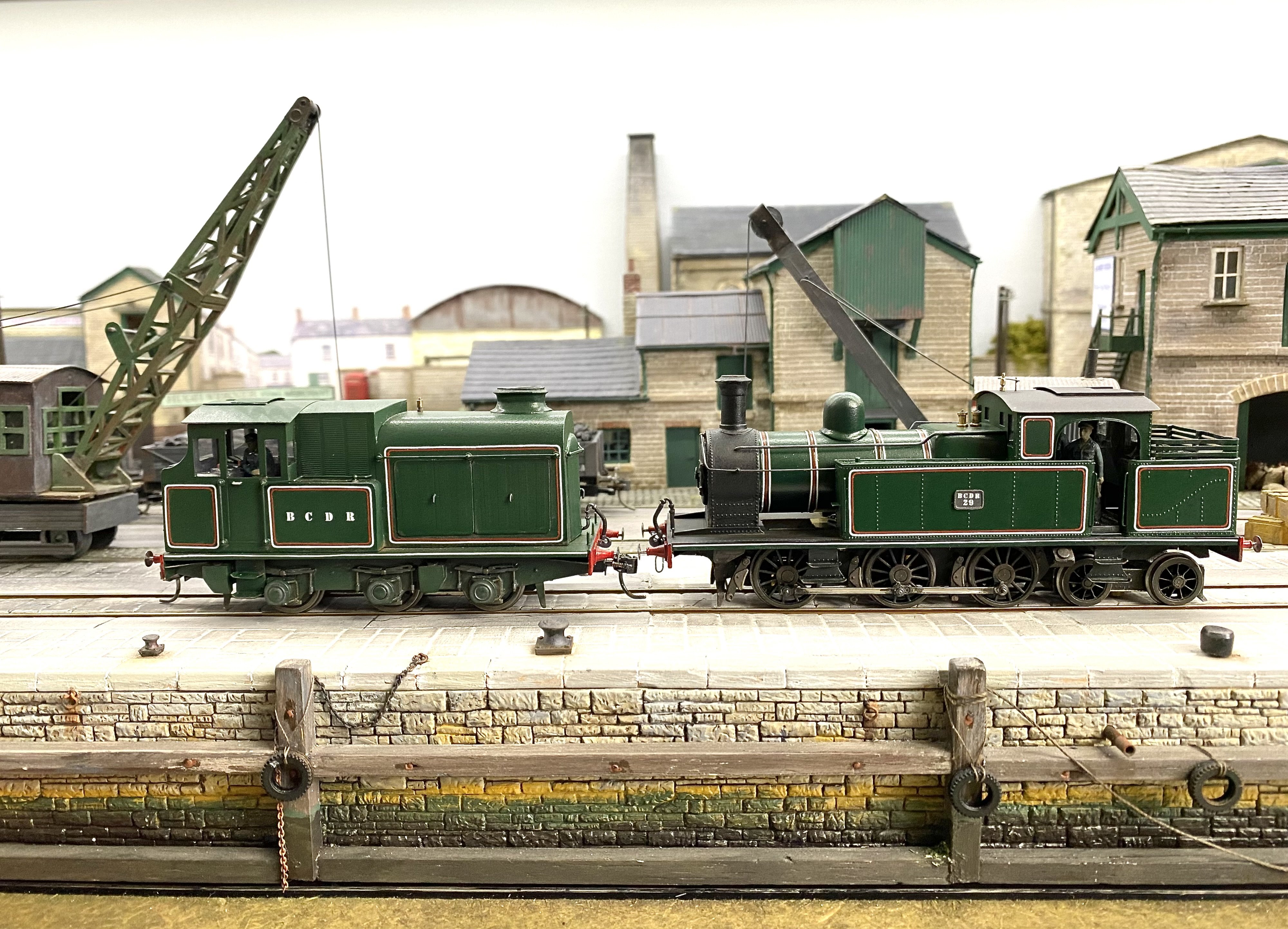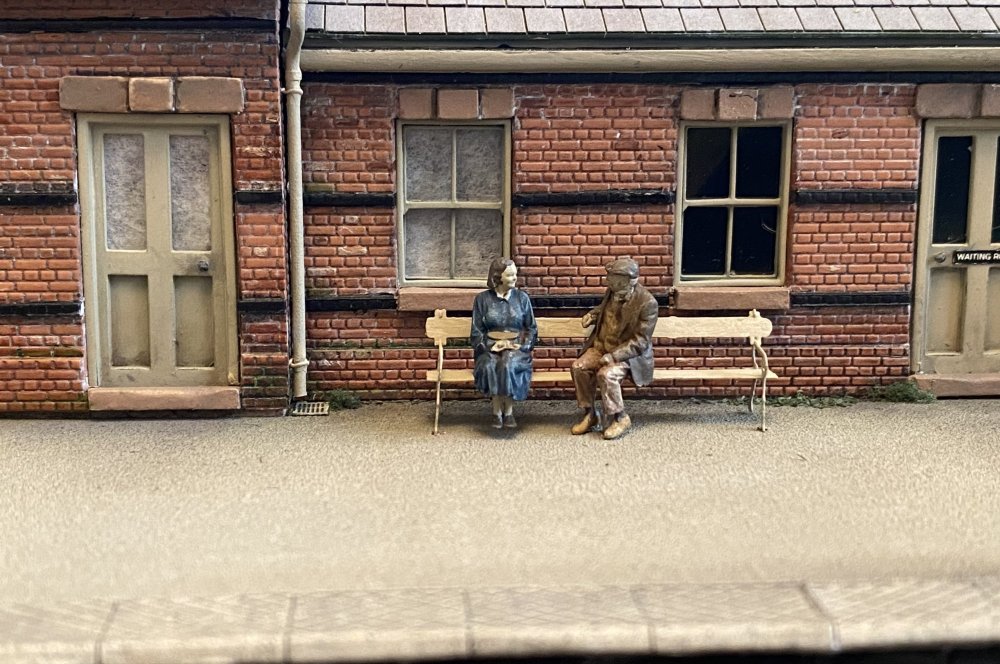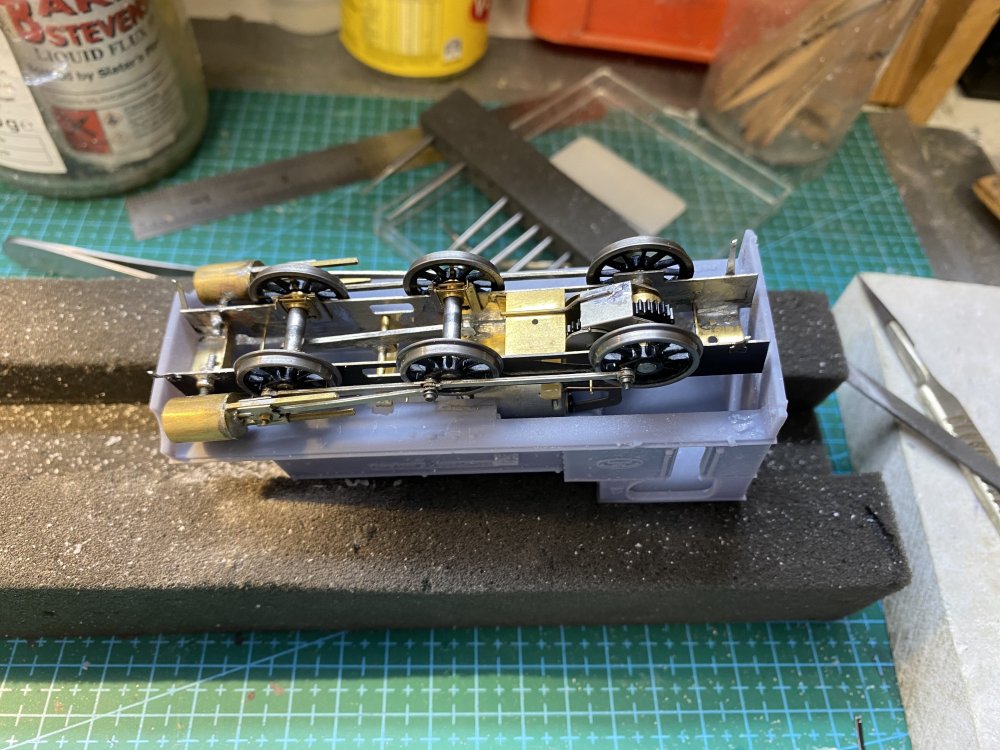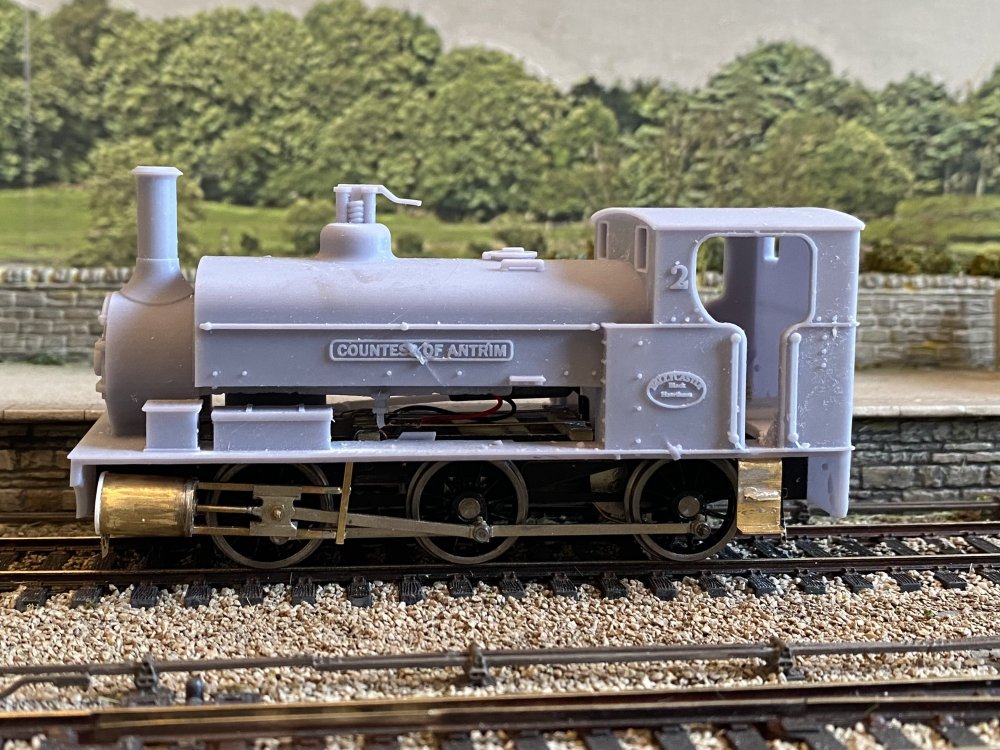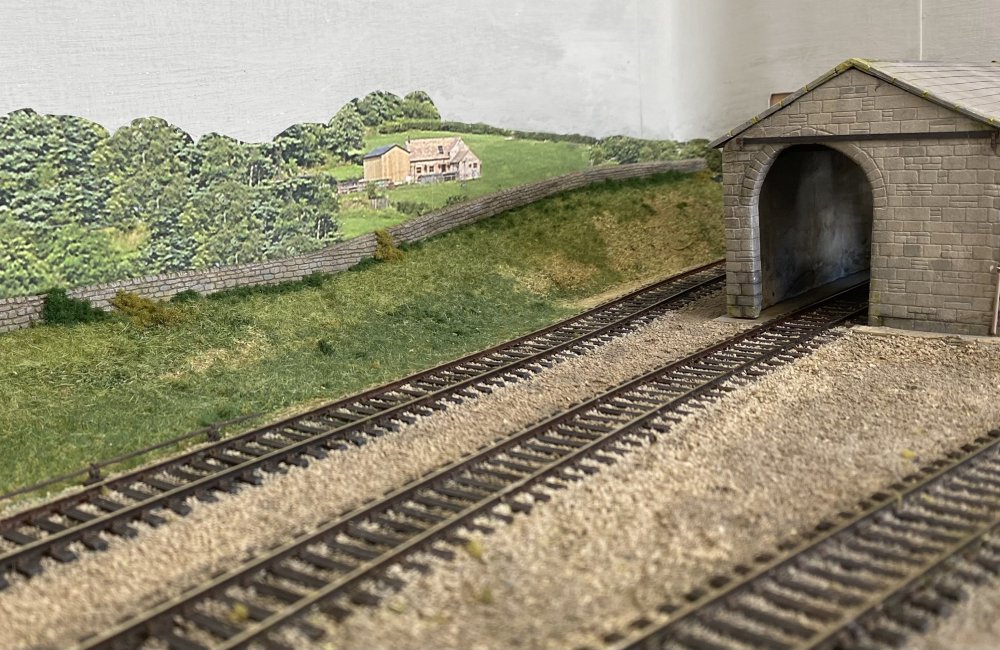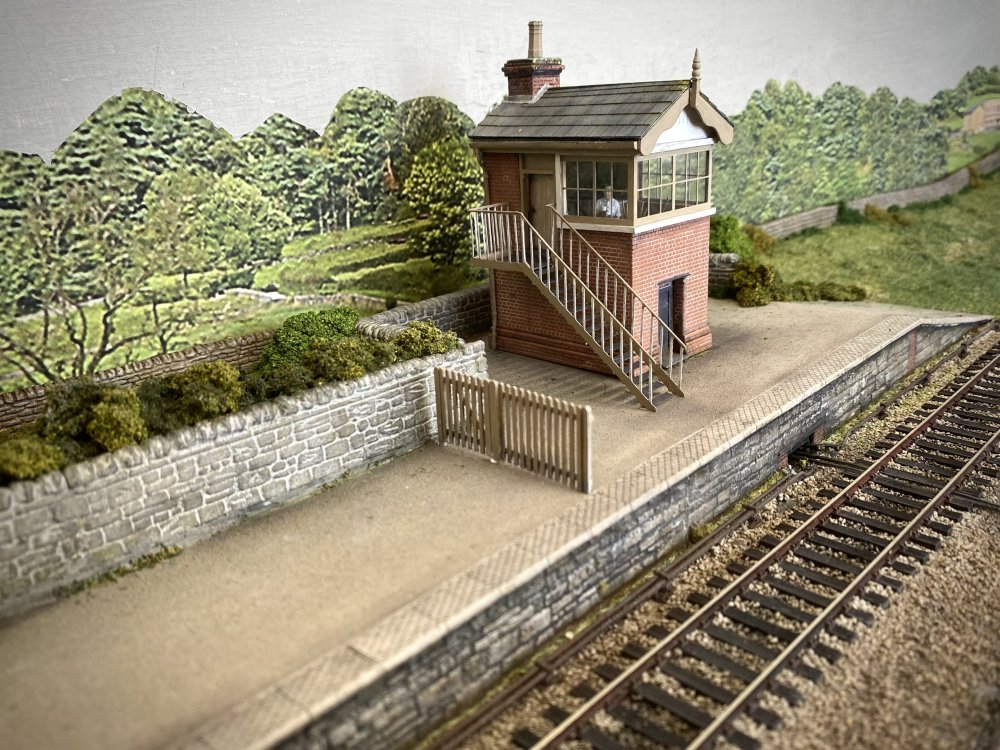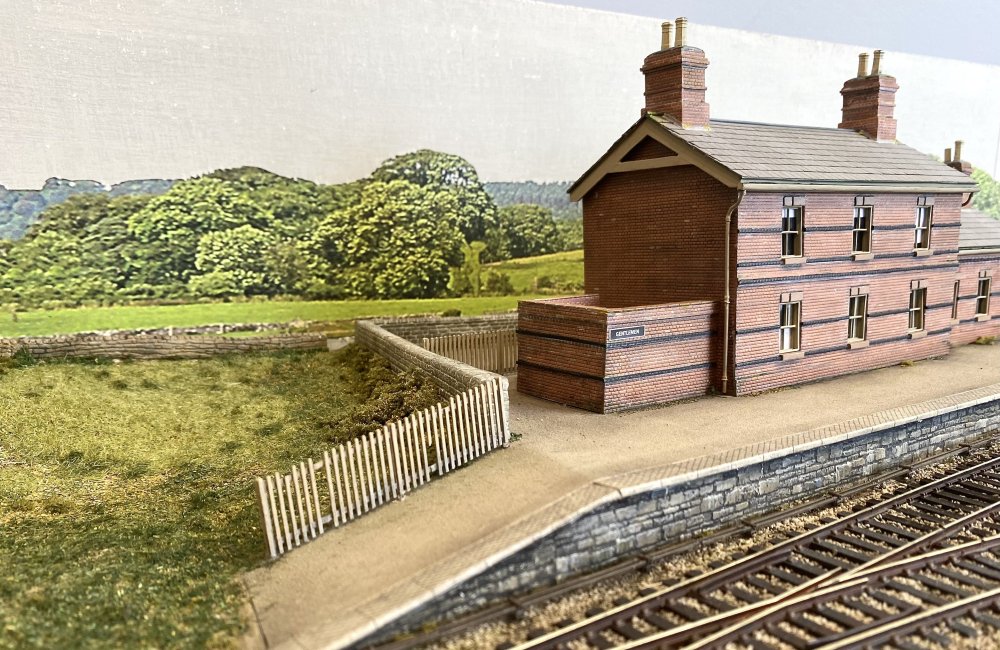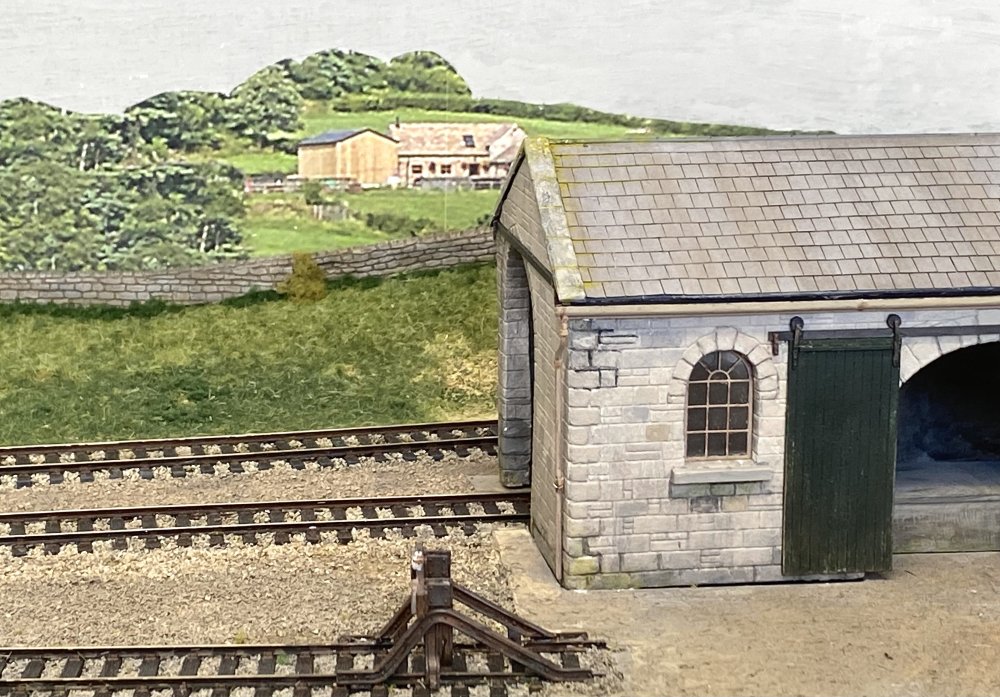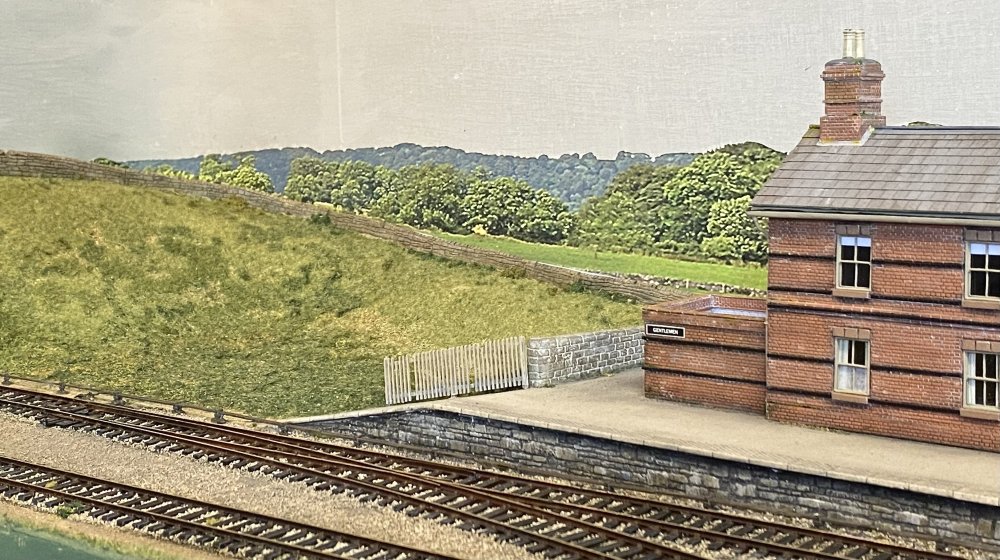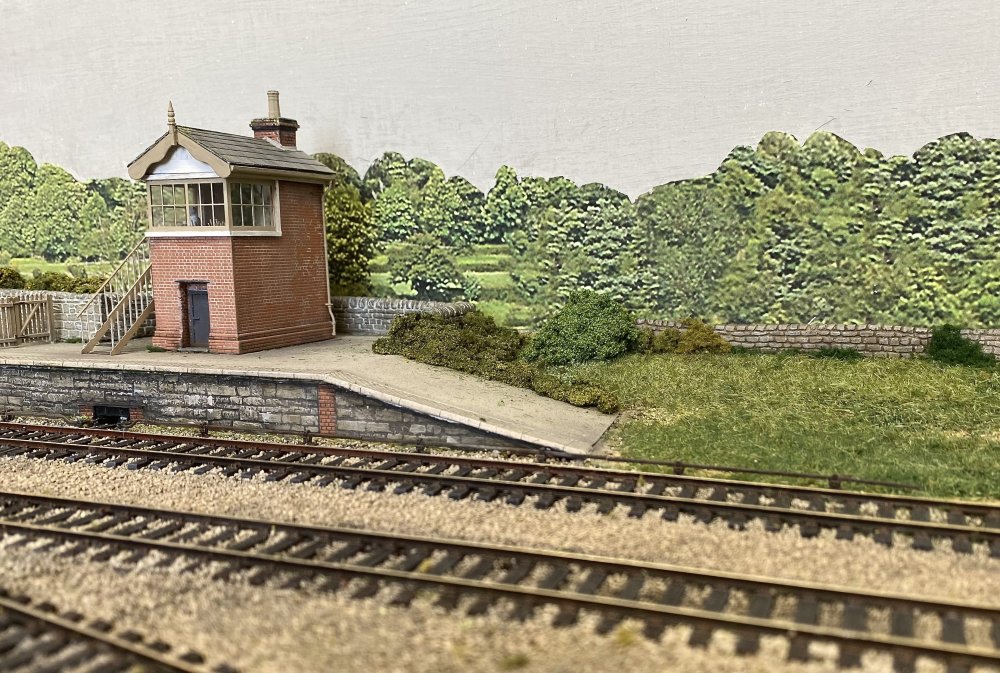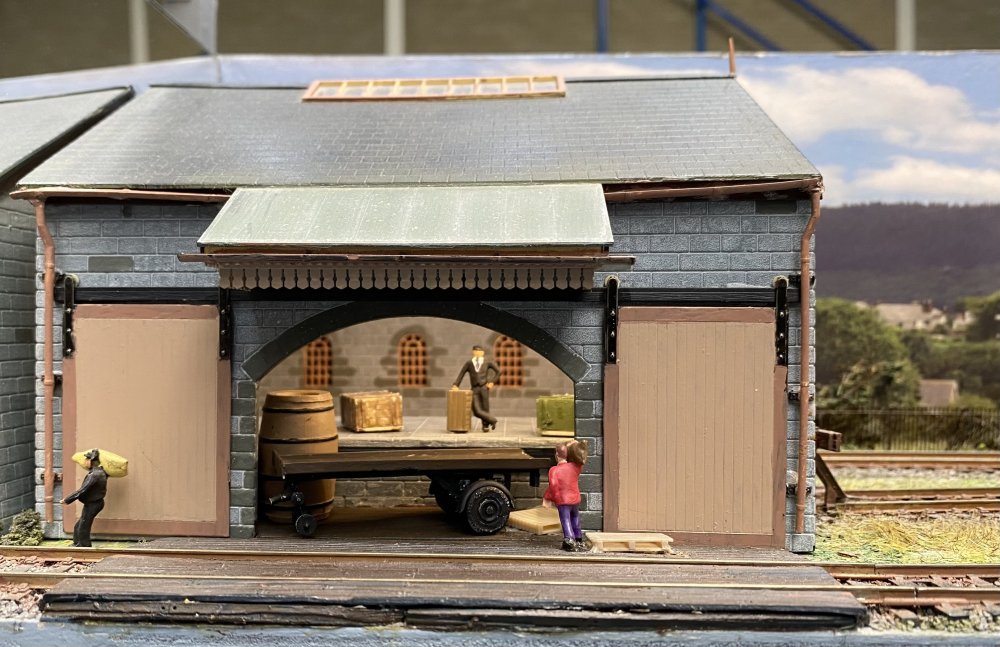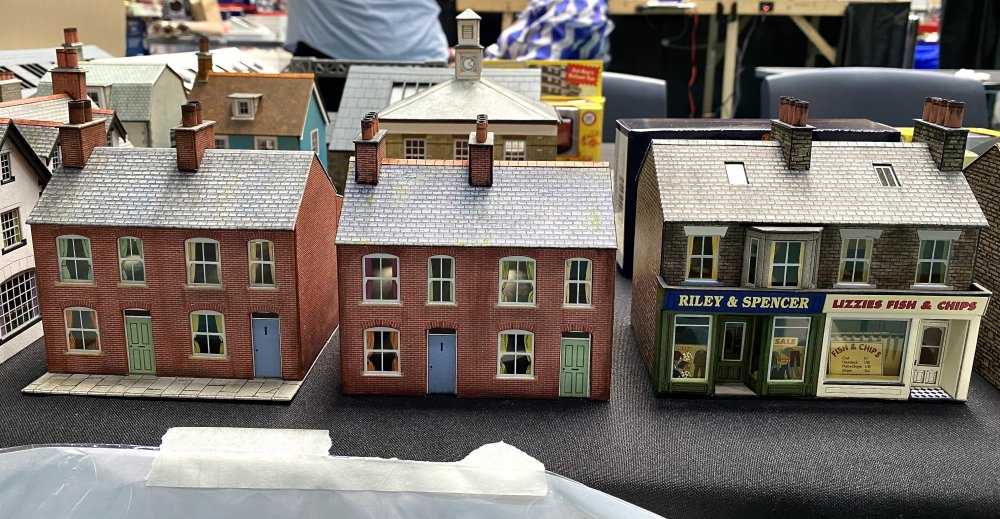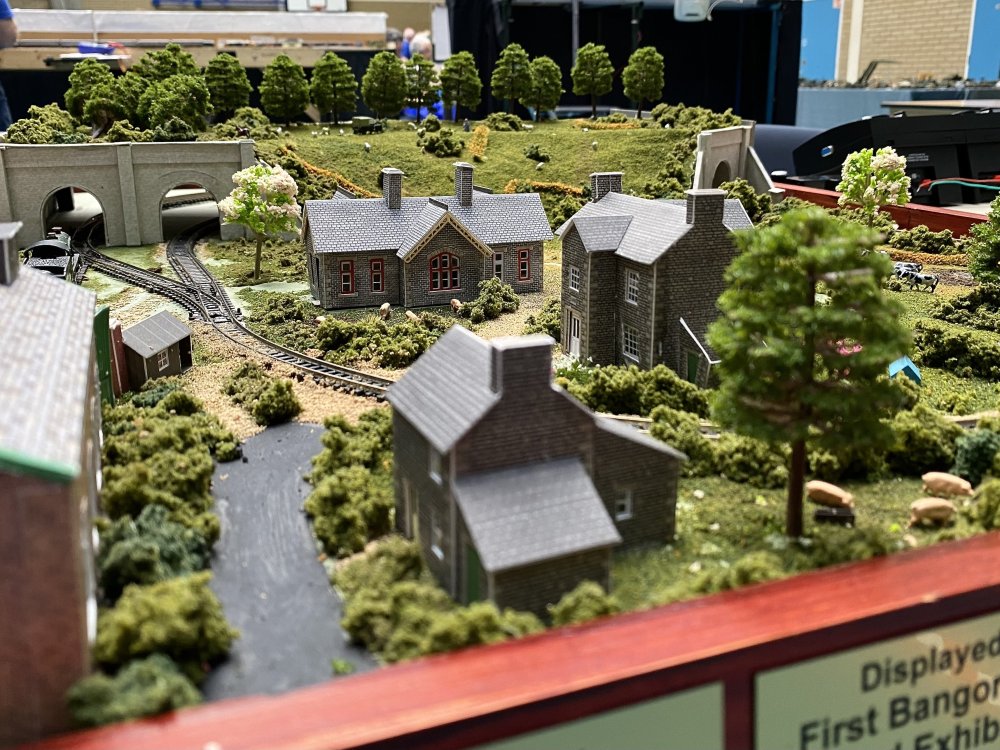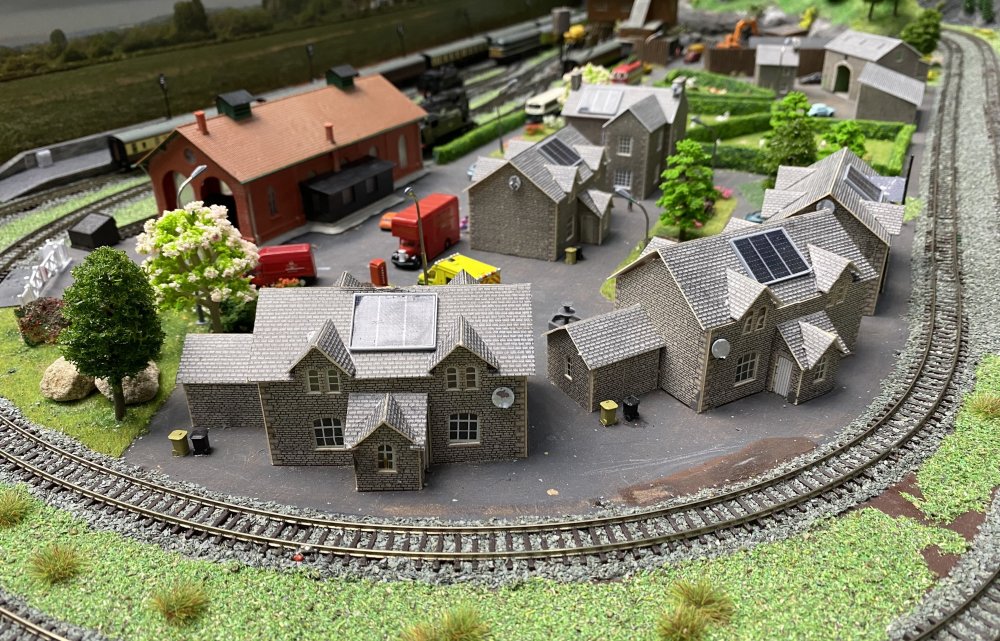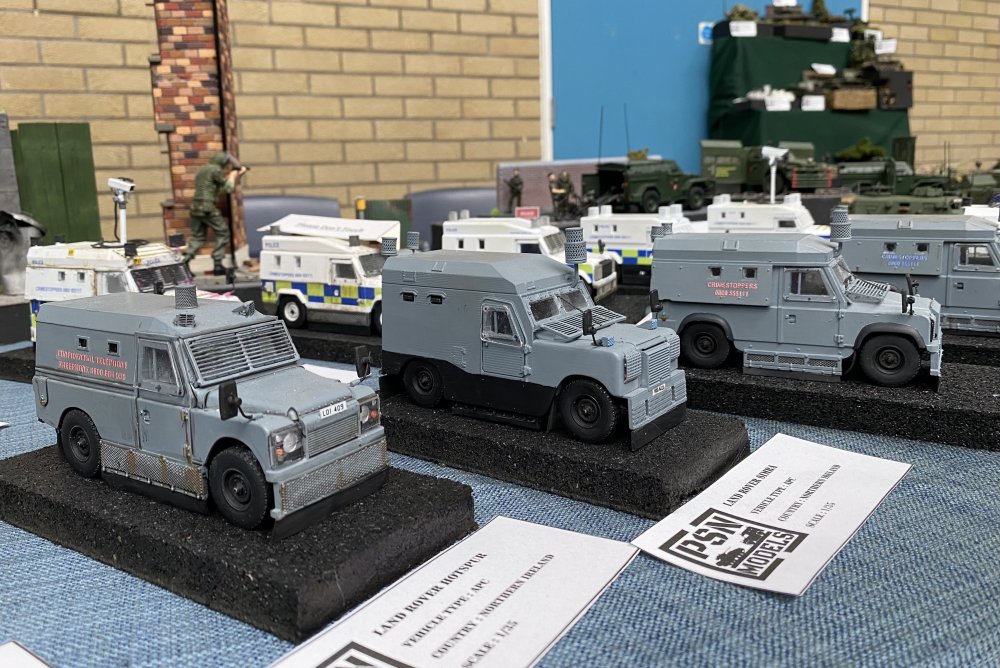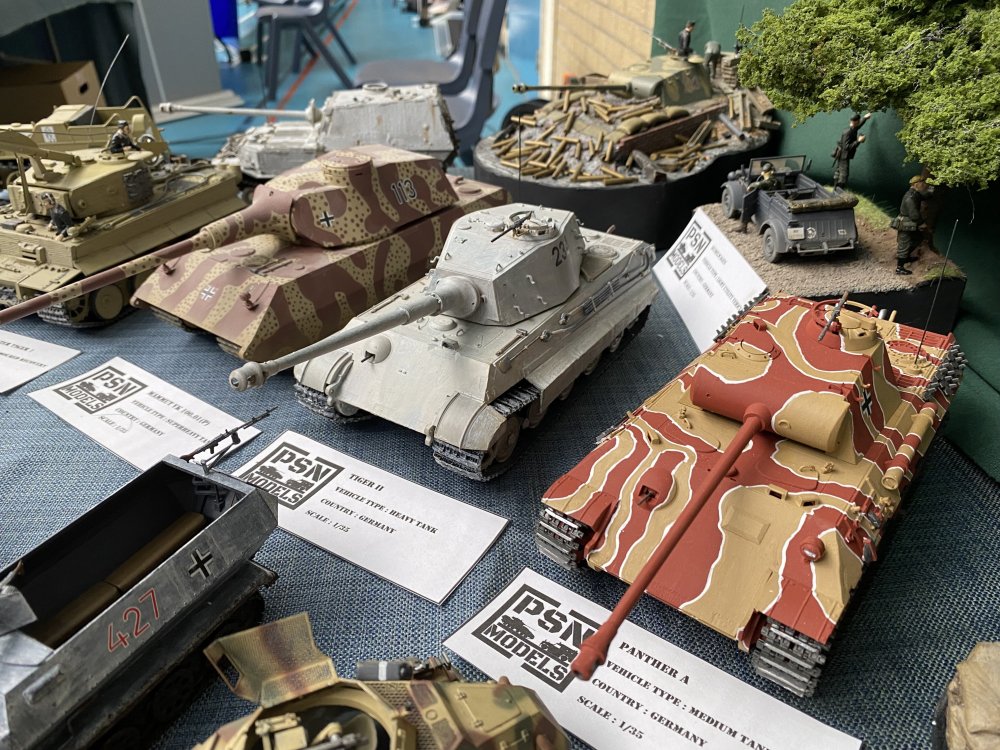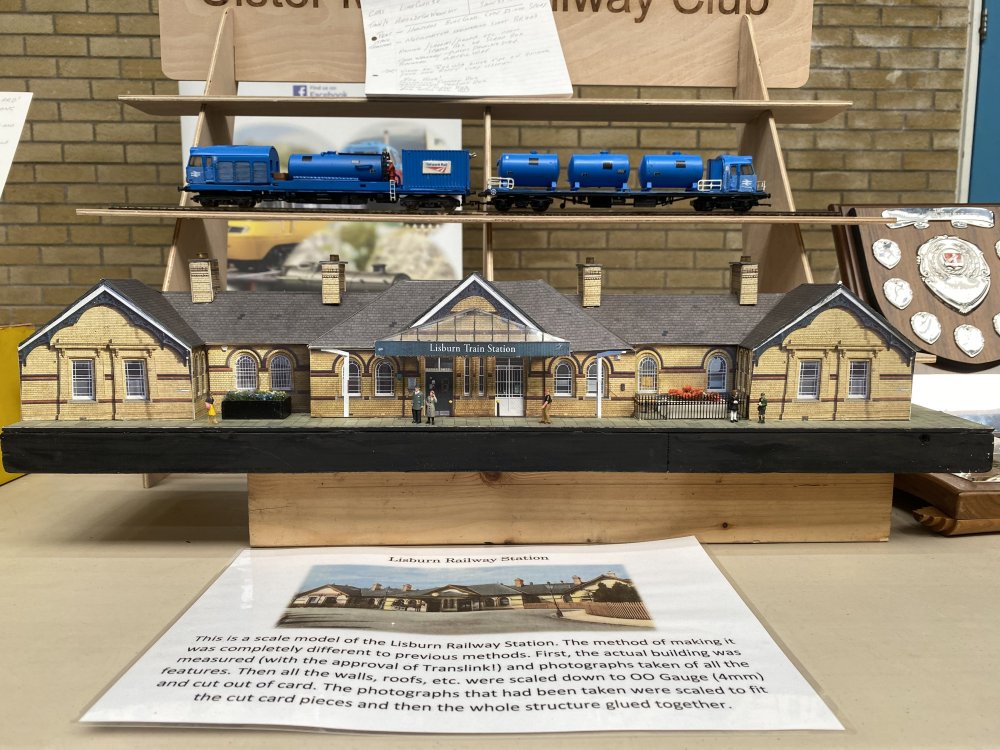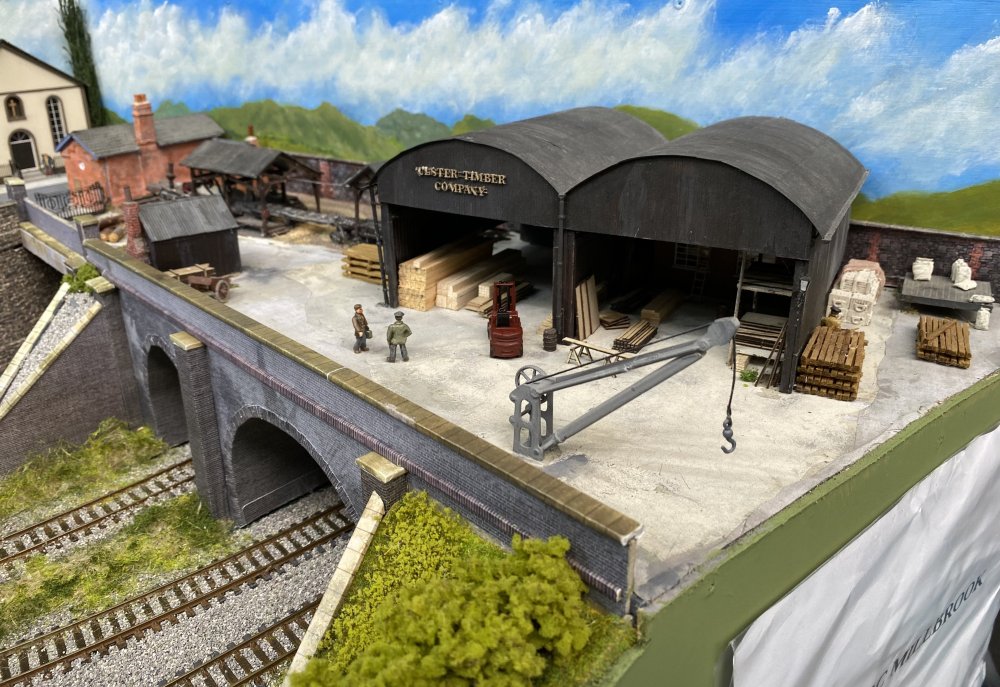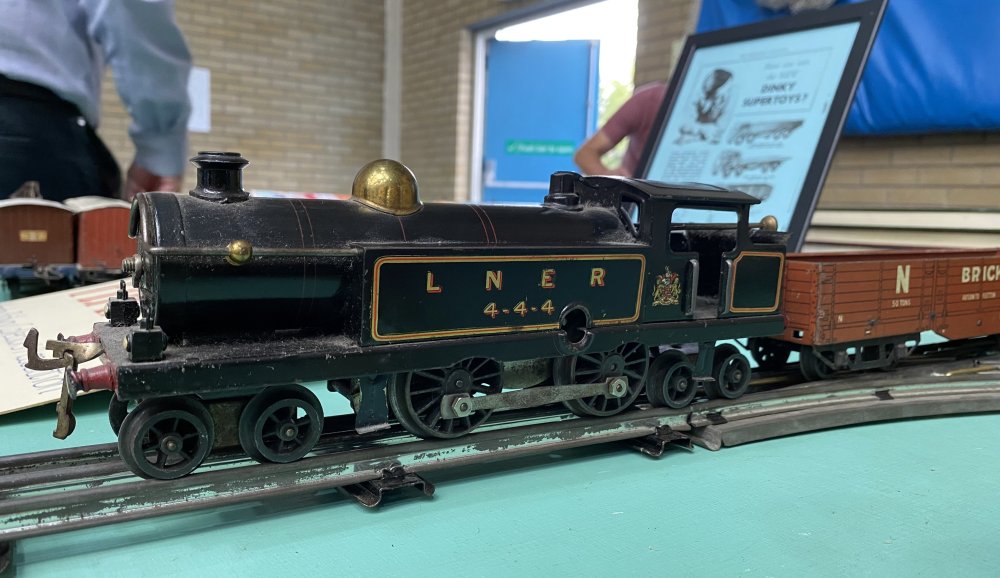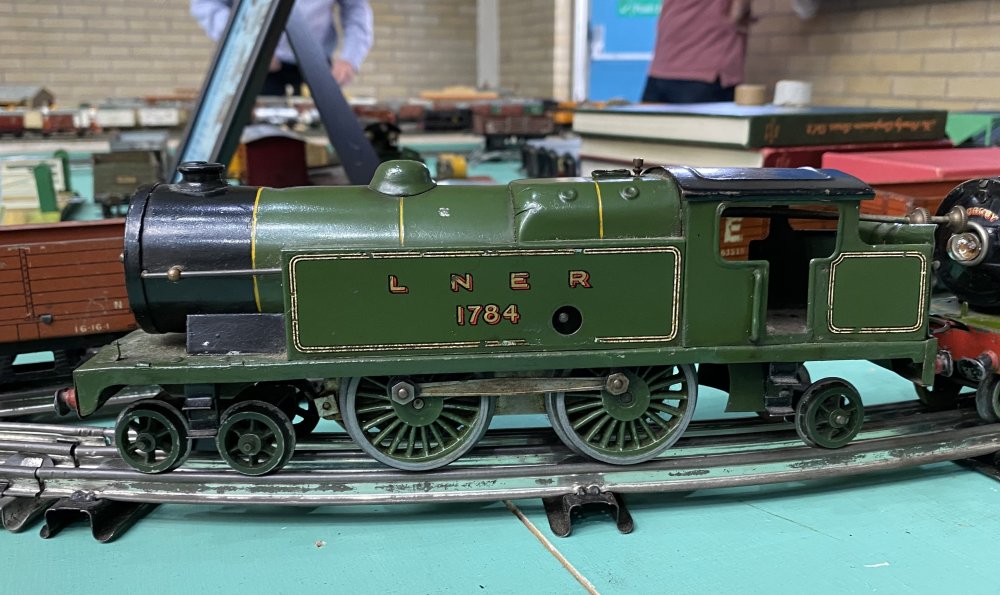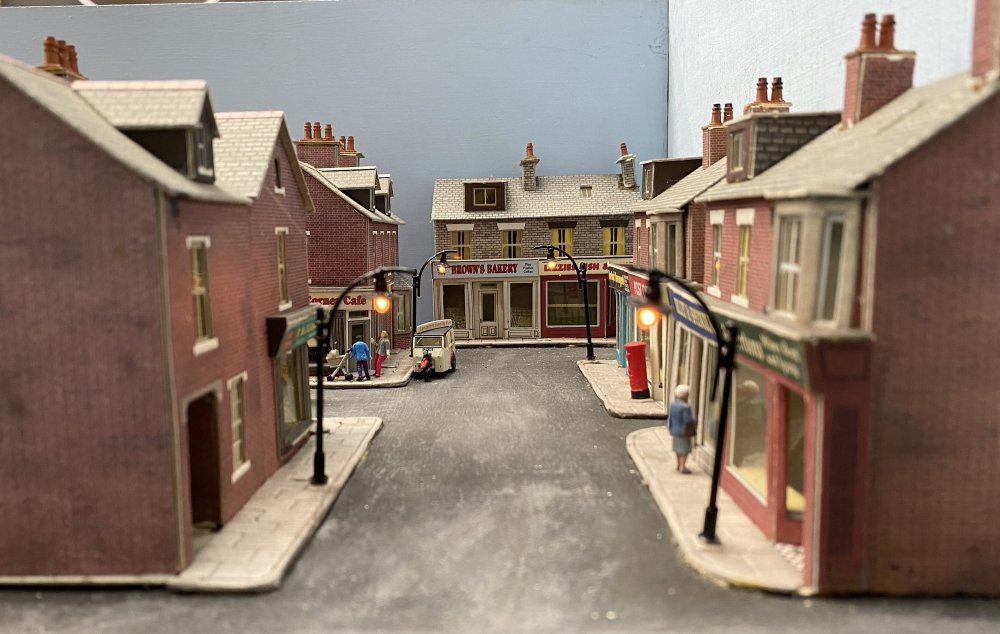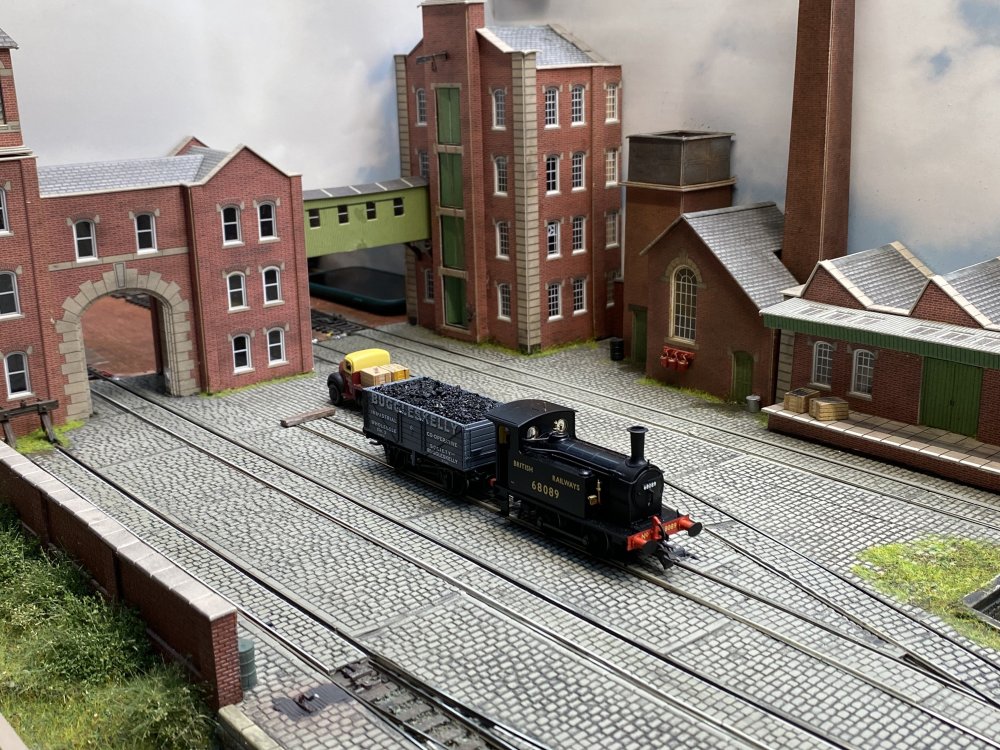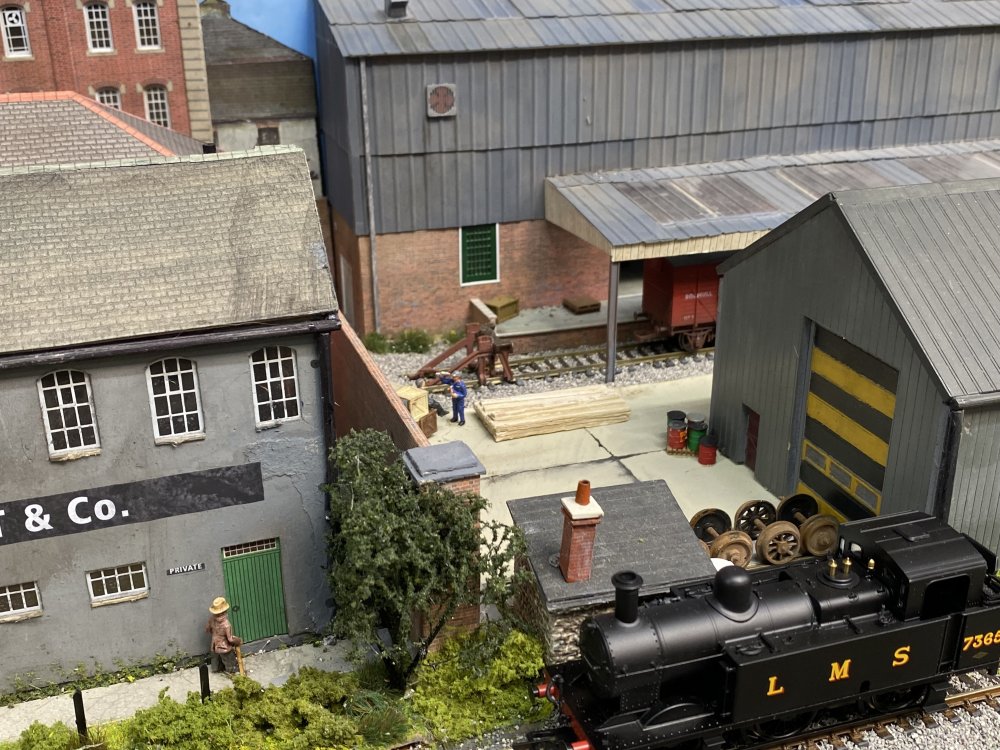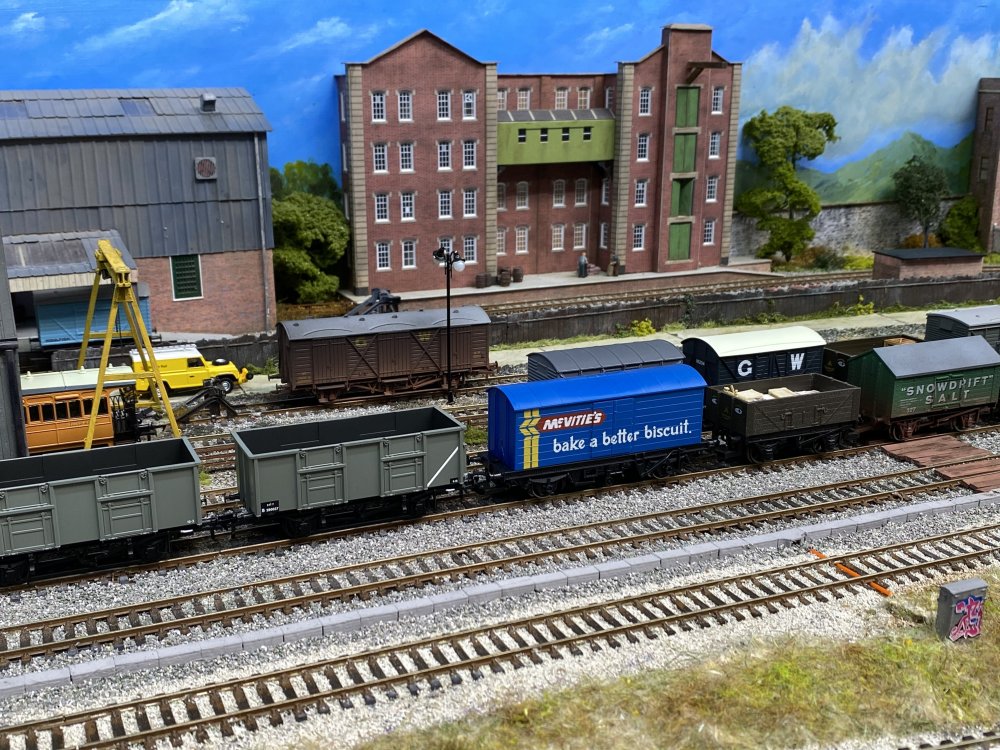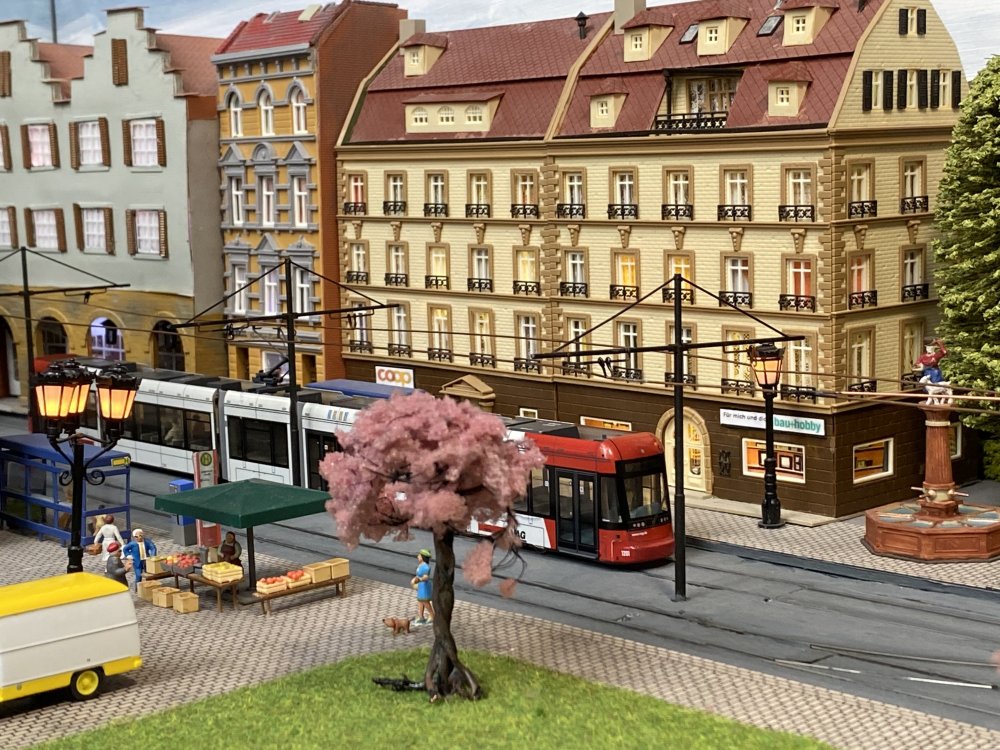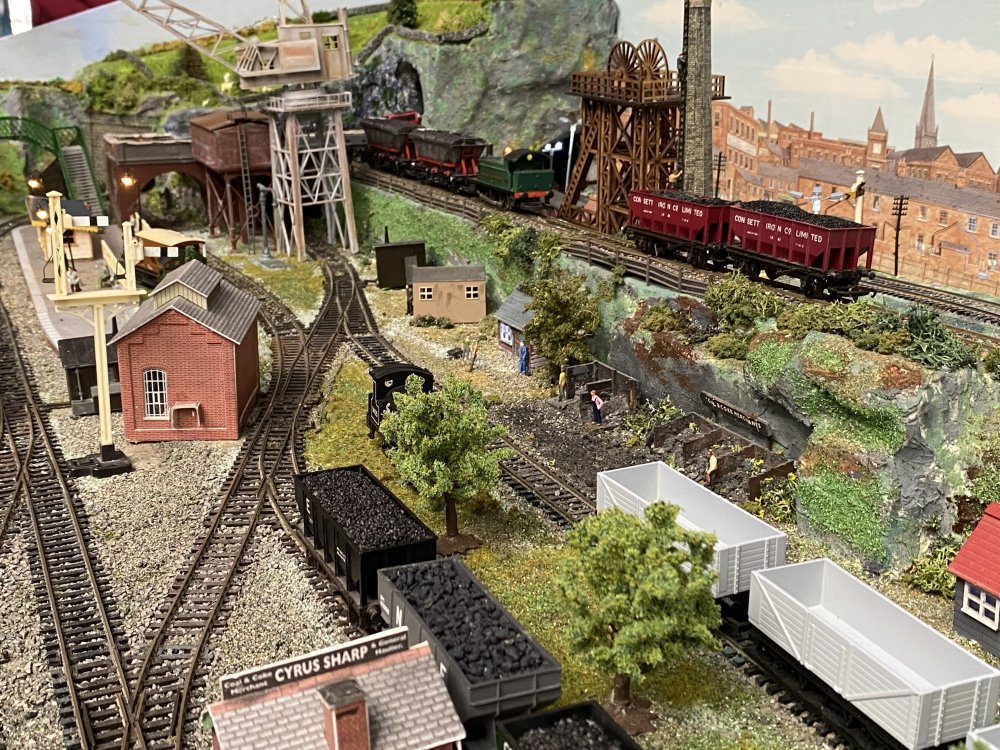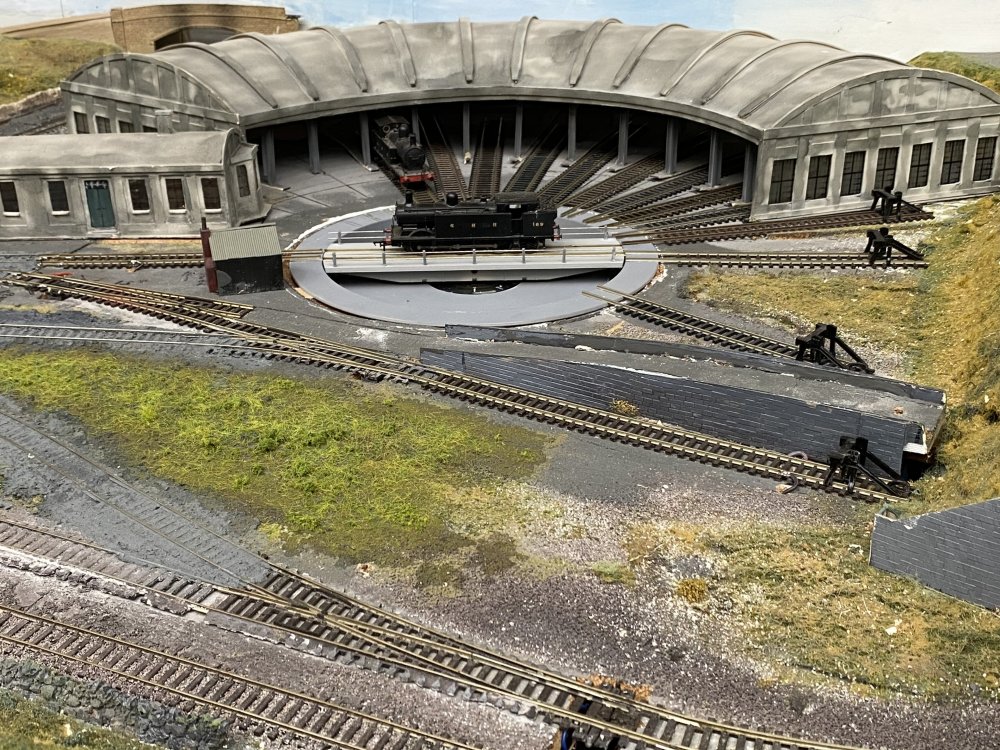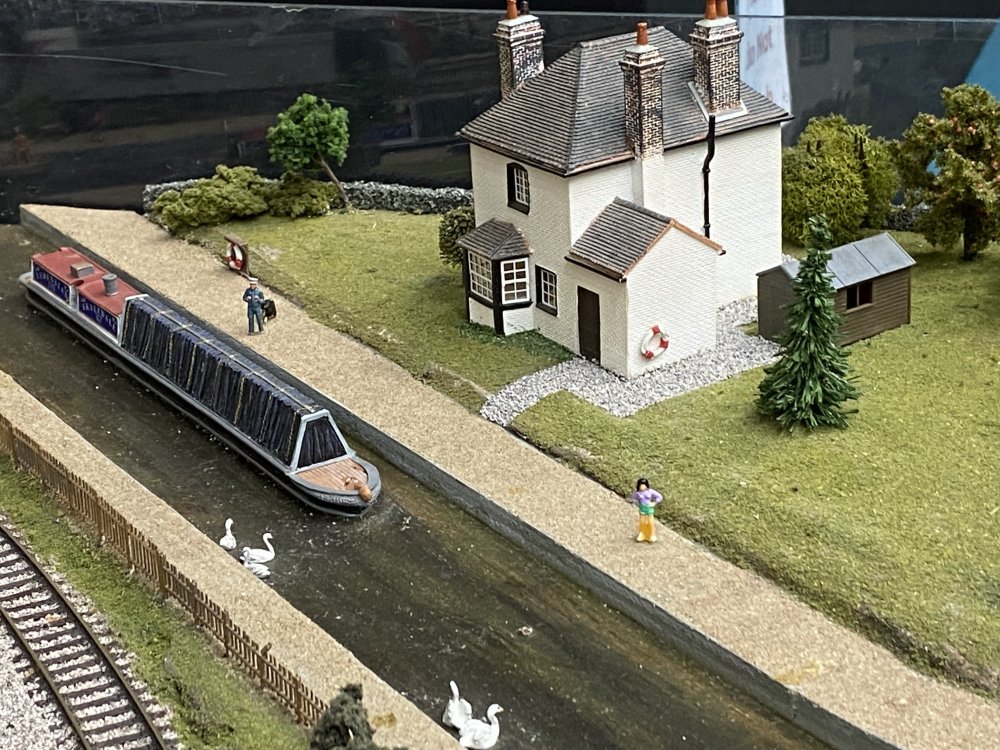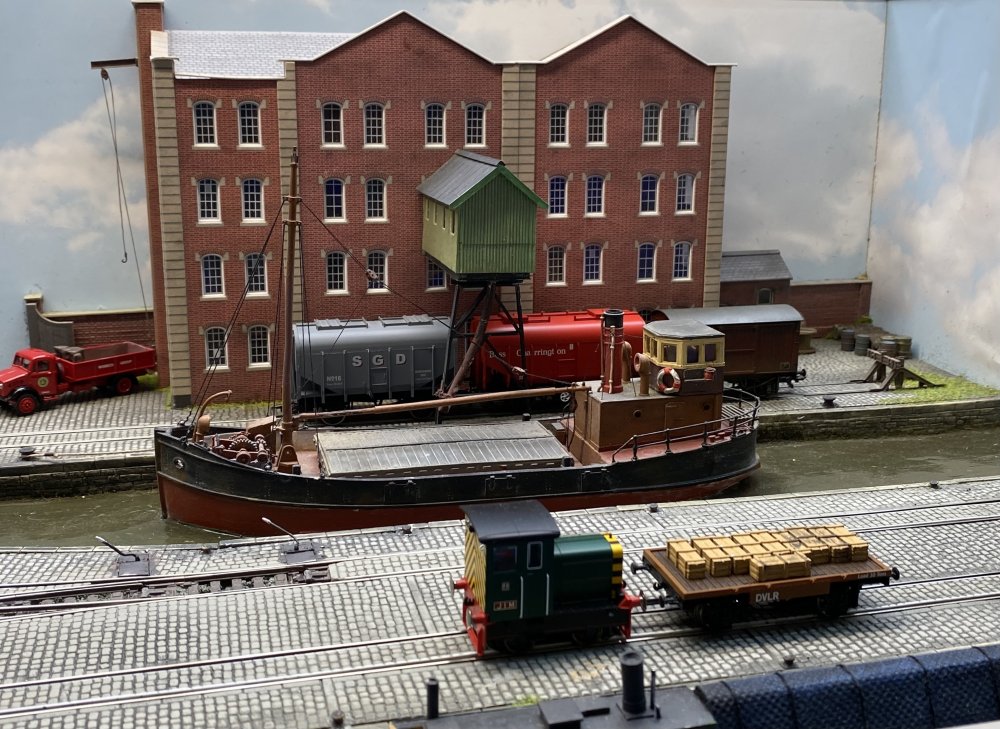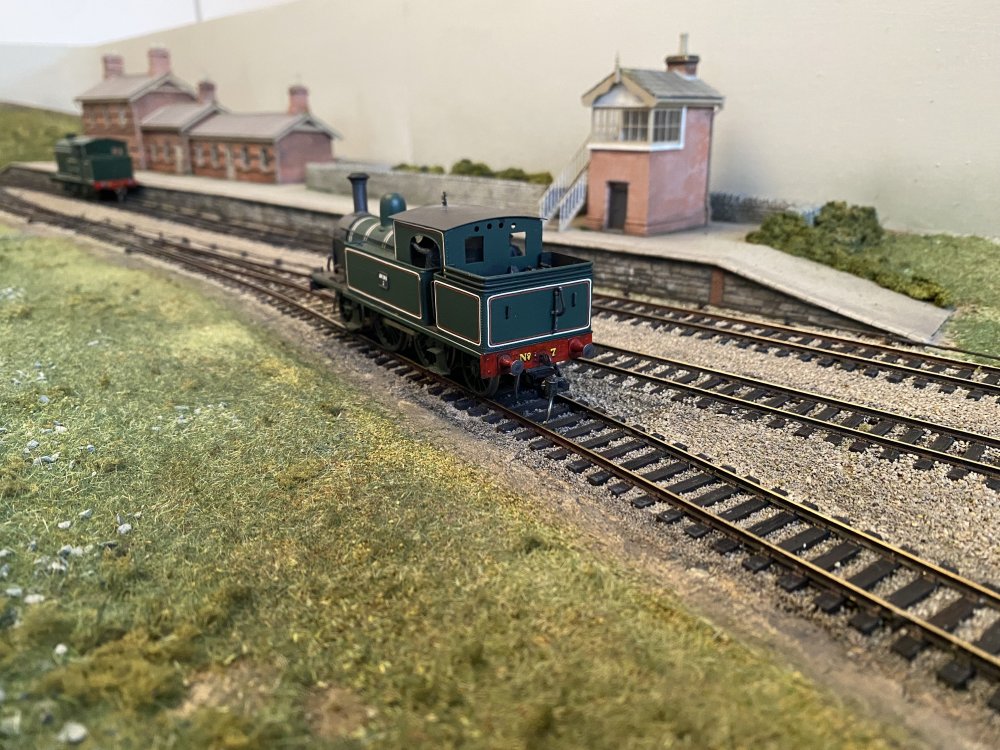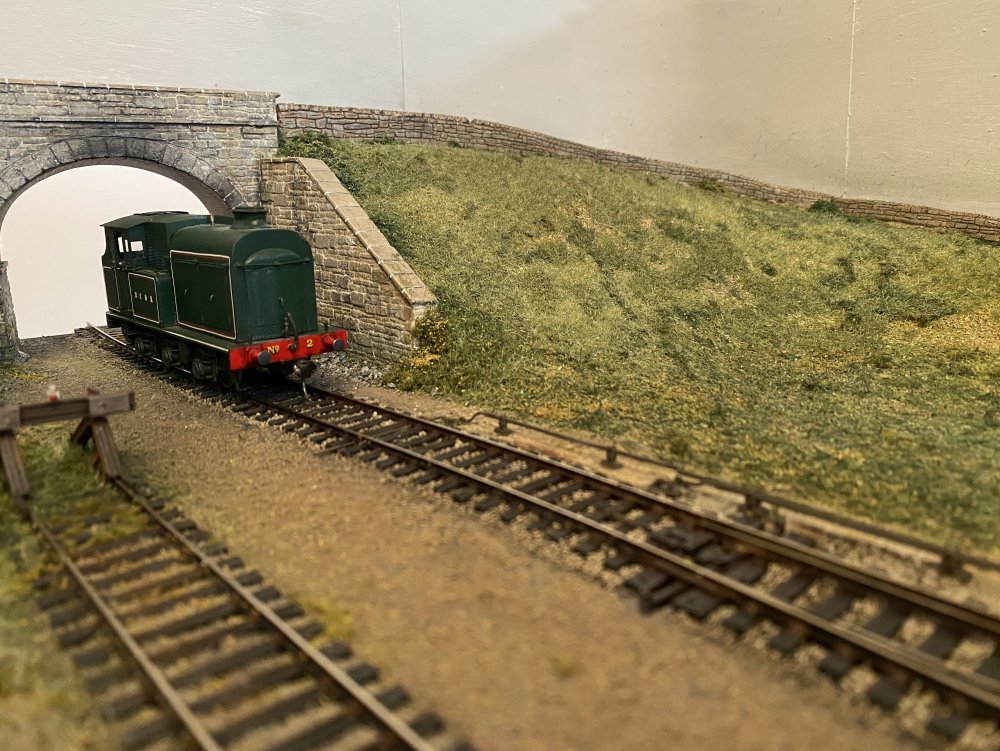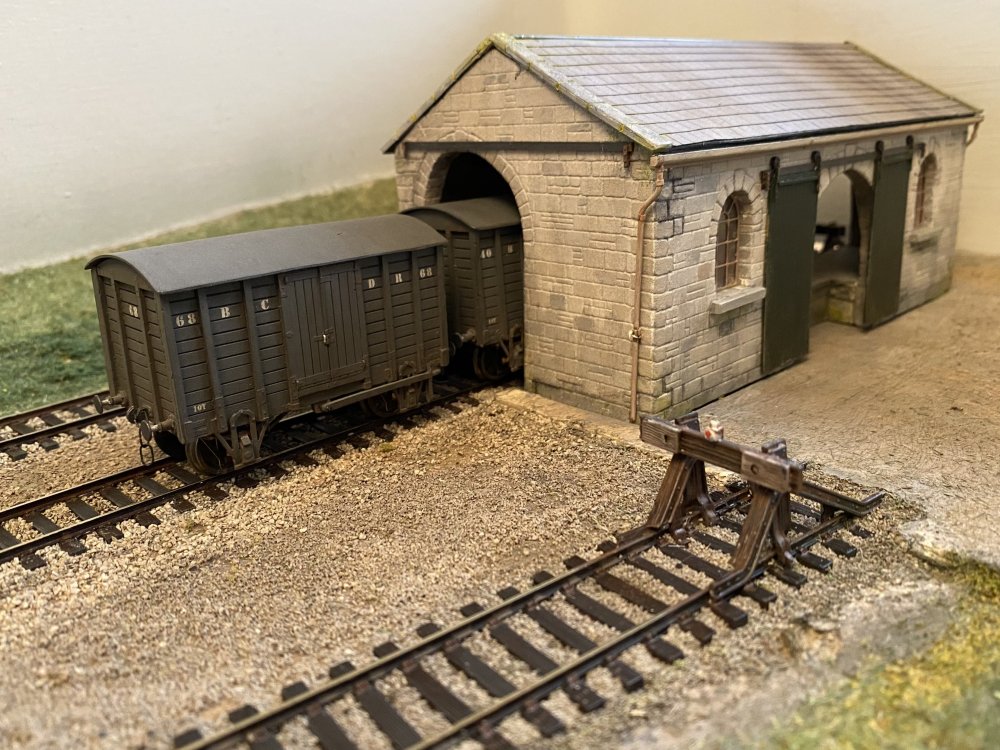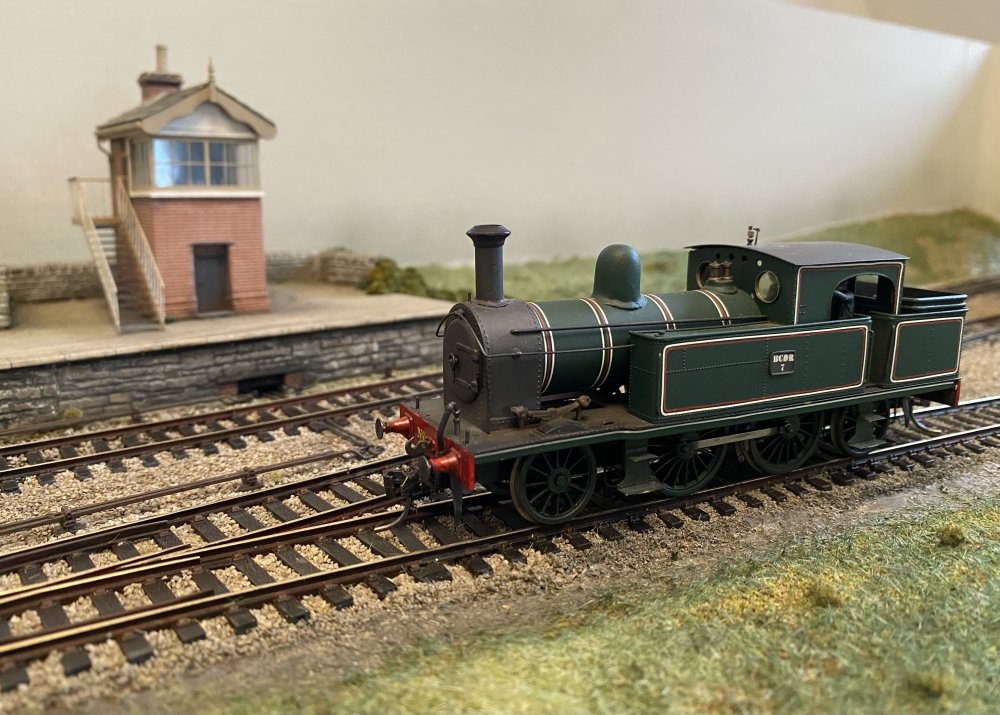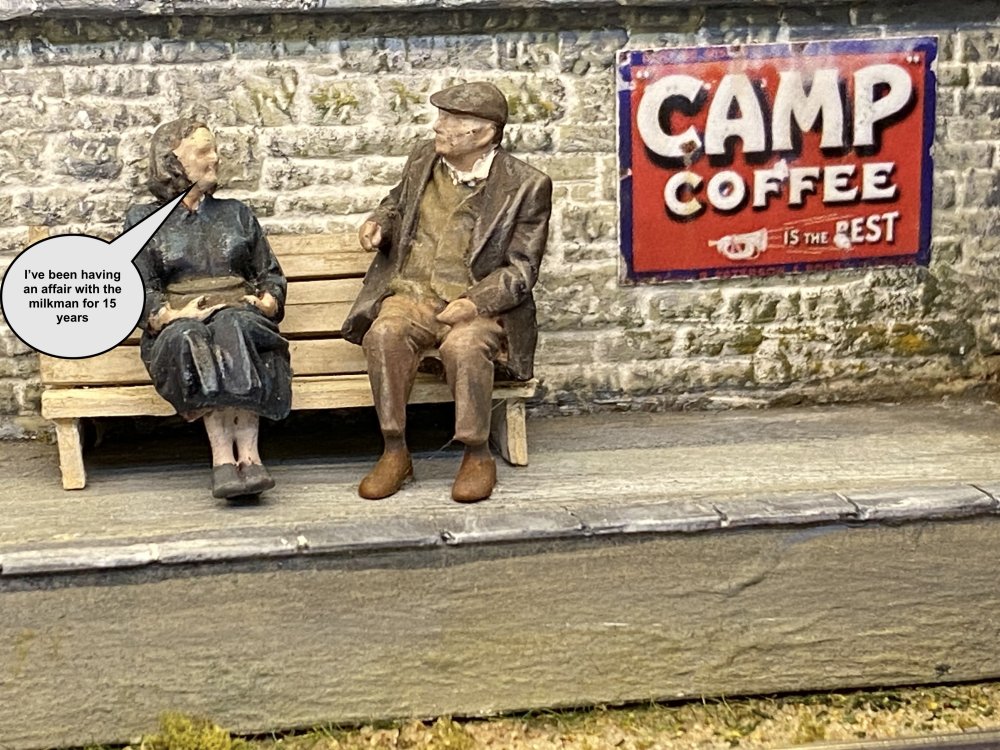-
Posts
946 -
Joined
-
Last visited
-
Days Won
56
Content Type
Profiles
Forums
Events
Gallery
Blogs
Store
Community Map
Everything posted by Tullygrainey
-

Brookhall Mill - A GNR(I) Micro Layout
Tullygrainey replied to Patrick Davey's topic in Irish Model Layouts
Did you warn the new owner about Mr Weaver Patrick? Or has he really retired? I'm sure I can already hear him issuing orders. -
Stanley Unwin! Brilliant. He was a one-off. The only man able to talk completely comprehensible gibberish.
-
Mr and Mrs McQuillan who patiently waited for the 7mm narrow gauge train at The Stone Yard recently decided to move house and now they wait for a different train on the platform at Kilmore. Yes..., they've downsized. I'll get my coat.
- 112 replies
-
- 15
-

-

-

-
Lovely work Patrick. Totally convincing
-
Thanks everyone. A real team effort, this one.
-
A change of direction with the Countess of Antrim project. The original plan was for Patrick @Patrick Davey to build a body in plasticard on my chassis. However he managed to source a 3D printed body, printed in resin by a friend from a file created and generously donated by @J-Mo Arts of this parish. And very nice it is too. As a result, the brass running plate is now redundant since the 3D print incorporates one and it would be highly problematic to try to remove it. Both body and chassis needed a bit of fettling (that's a technical term for "hacking lumps out of each") to make them get on with one another but we're just about there, I think. The Countess so far... Some cosmetic tidying up, detailing and then paint. Over to you Patrick
- 641 replies
-
- 18
-

-

-

-
That looks good David. Most unusual layout so well worth doing. I think modelling coaches requires high levels of determination and cussedness to see it through, so very well done. I've made a grand total of 3 in my time (in 4mm so fewer acres of metal and less need for detail) and it'll be a while before I have the stamina to tackle the three other kits nestling in the to-do drawer. I think it's the repetitiveness that gets me - multiple door handles, multiple grab handles, multiple ventilators, goodness knows how many window frames, etc etc. and every one a real fiddle. As David H said above, every bit as demanding as locos, just in a different way.
-
Yes, it's quite a good way to deal with that particular problem. A hedge would do the job too. I think it works best when there's a small gap between the physical barrier and the back scene board.
-
We've had some heavy rain this week after a prolonged dry spell. It's had an amazing effect on the countryside around Kilmore.
- 112 replies
-
- 23
-

-

-
Fine modelling of the derelict buildings. I do like a bit of rusty metal
-
A great start! This should be an enjoyable layout to operate. I like that cottage/farmhouse. The one with (Paddy Hopkirk's?) Monte Carlo mini parked outside. Scratchbuild? The cottage not the car
-

Clogherhead - A GNR(I) Seaside Terminus
Tullygrainey replied to Patrick Davey's topic in Irish Model Layouts
Lovely work Patrick and a great tribute to the models. -
Just home from the Ulster Model Railway Club Belfast Show. The constituent parts of The Stone Yard are spread over the floor at the front door until I have the energy to carry them upstairs. The layout behaved itself well over the two days and was well received. Many thanks to the UMRC for their hospitality and for a fine show. The new venue was great, with plenty of space and good light. Thanks too to Kieran Lagan and Patrick Davey for support and special thanks to Kieran for saving the day by coming up with a replacement after the cable between the hand controller and the panel failed during the Friday night setup. The little plastic tab on the plug which clips it into place broke off, meaning the plug wouldn't stay in the socket - the entire layout non-operational because of a missing 5mm of springy plastic! UMRC25.mp4
-
-
Good to meet you today and get a chat Paul. Hope your trip to Derry went well. I knew you weren't a narrow gauge fan Leslie so thank you. I'll treasure this!
-

Growlers at Goring and other Freight!
Tullygrainey replied to leslie10646's topic in What's happening on the network?
They’re caused by the station lights reflecting off the surface of the camera lens Leslie. -

Where do you get your etched works / loco nameplates from?
Tullygrainey replied to Jamie Davis's topic in Irish Models
I tried to order from Light Railway Stores a few months ago having often used them in the past. Got right to the end of the ordering process without any trouble but was then told that they didn't ship to my address (Northern Ireland). I'm assuming the Brexit regs are to blame. I've had the same difficulties recently with a number of other suppliers who made it clear on their websites that Brexit regs were the reason. -
- 17 replies
-
- 12
-

-

-

-

"Voiding the Warranty" - Mol's experiments in 21mm gauge
Tullygrainey replied to Mol_PMB's topic in Irish Models
I'm breathless just reading that itinerary! Have a good day at Downpatrick tomorrow. -
I think you're right David. He was a remarkable innovator. So many of his ideas are now standard practice, though the one that probably doesn't have so many adherents is his recommended method for painting kit or scratch built chassis - clamp them in a vice, apply power to the motor and spray paint them while they run flat out, the logic being that the moving parts will free themselves of paint. Only the brave try that one. And I haven't.
-
The landscaping on Kilmore has come on by leaps and bounds over the last three days. A few of those leaps were in the wrong direction mind you, with static grass getting everywhere it shouldn't and scatter clogging up the points. And when I finally stopped for breath and looked at the result last night, I hated it. Far too bright - more toy town than County Down. This morning I mixed a thin dark green wash of acrylic paint (Tamiya XF11 green and XF1 black) and airbrushed the vegetation - the paint flow dialled right back to produce a barely visible mist. It did the trick, taking the technicolour edge off the landscape and toning the whole thing down a bit. I'm much happier with it now. A few more pics to supplement Patrick's portfolio...
- 112 replies
-
- 16
-

-

-
Thank you Patrick. Great pictures! You are hereby appointed official photographer at Kilmore.
-

Clogherhead - A GNR(I) Seaside Terminus
Tullygrainey replied to Patrick Davey's topic in Irish Model Layouts
Great pics Patrick. Shows off the fleet, but also the location, to perfection. Bet that lot make a merry racket! -
-
That could work out a pretty busy day! If you make it, be sure to come and say hello
.png.c363cdf5c3fb7955cd92a55eb6dbbae0.png)
